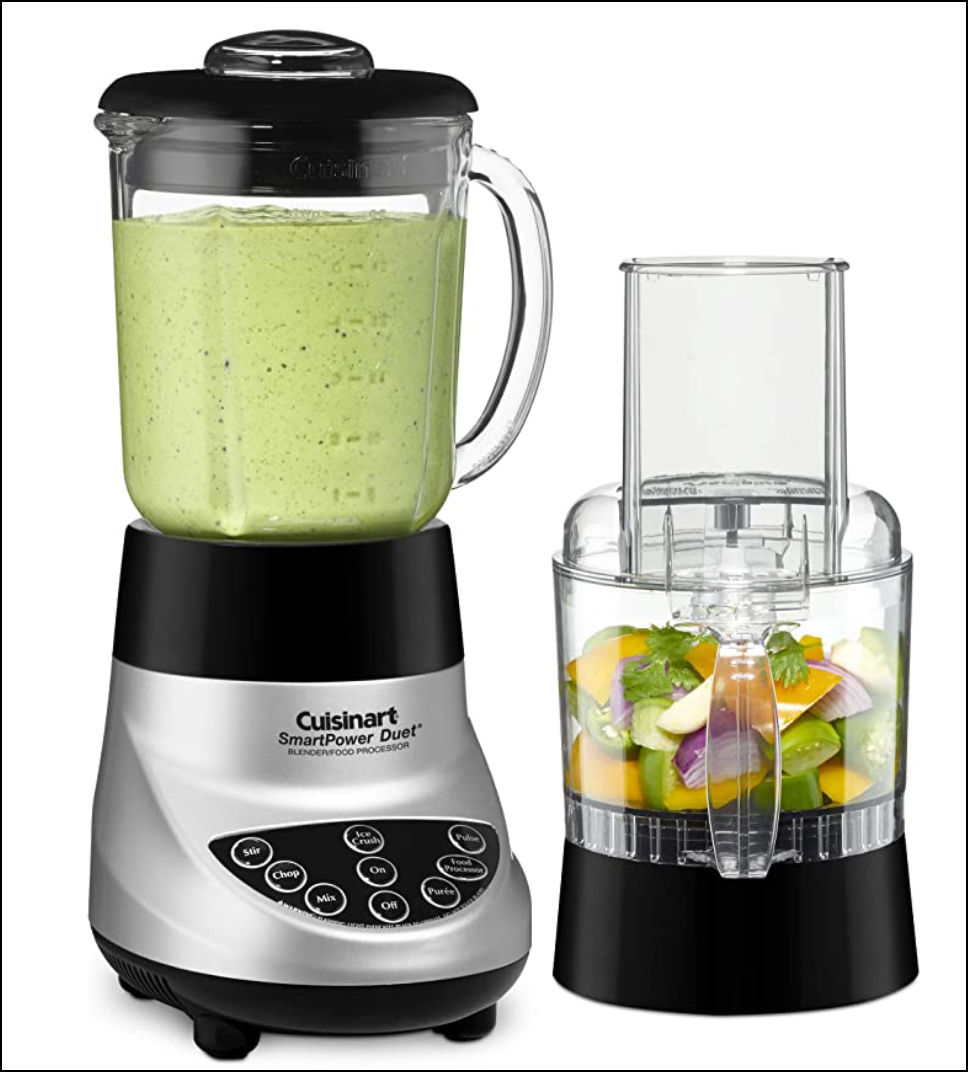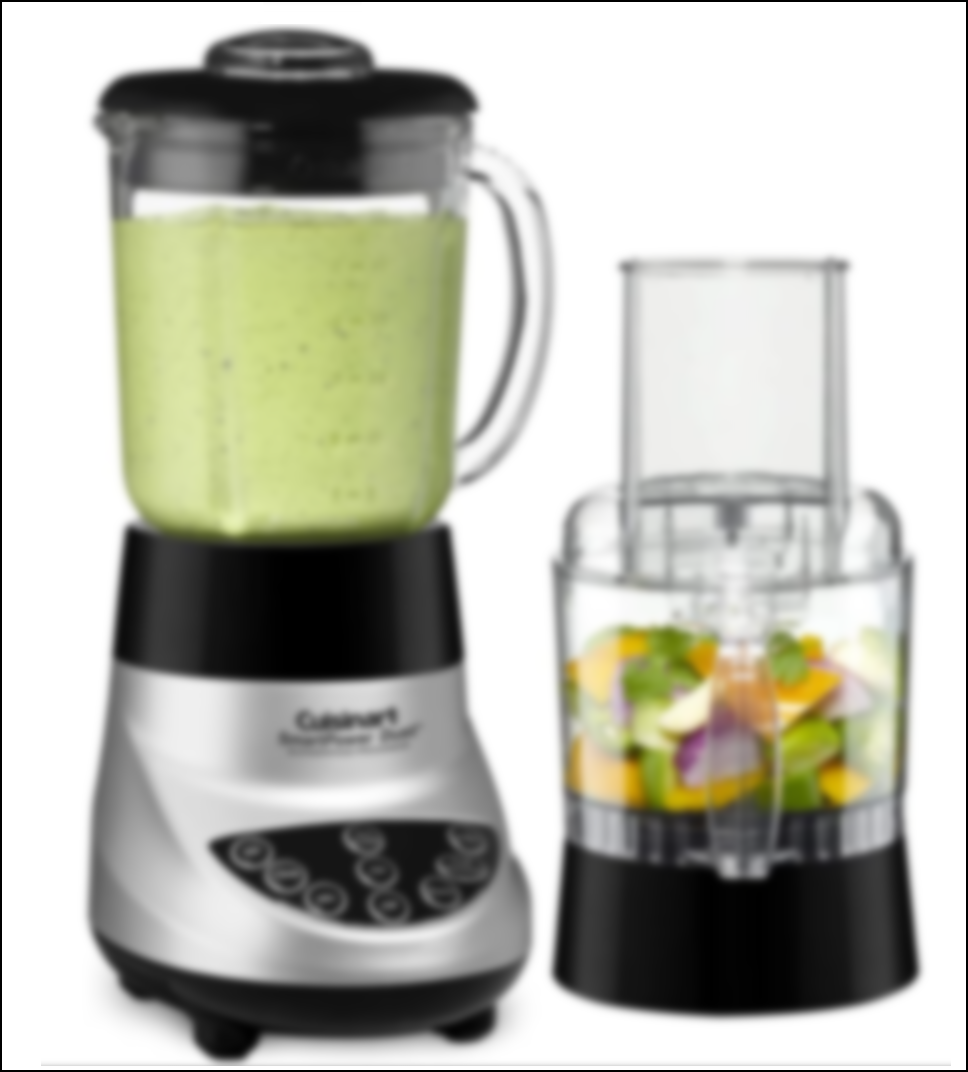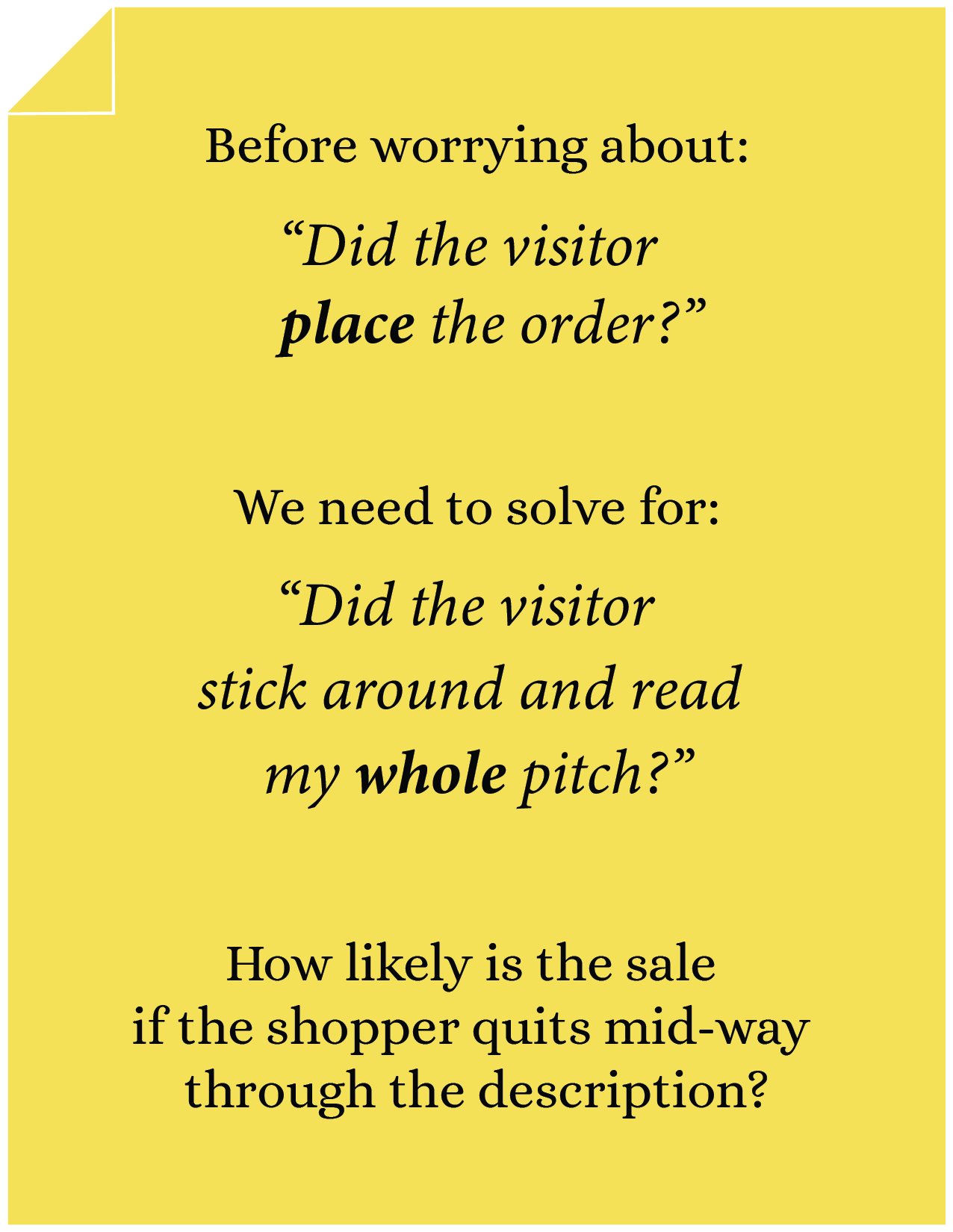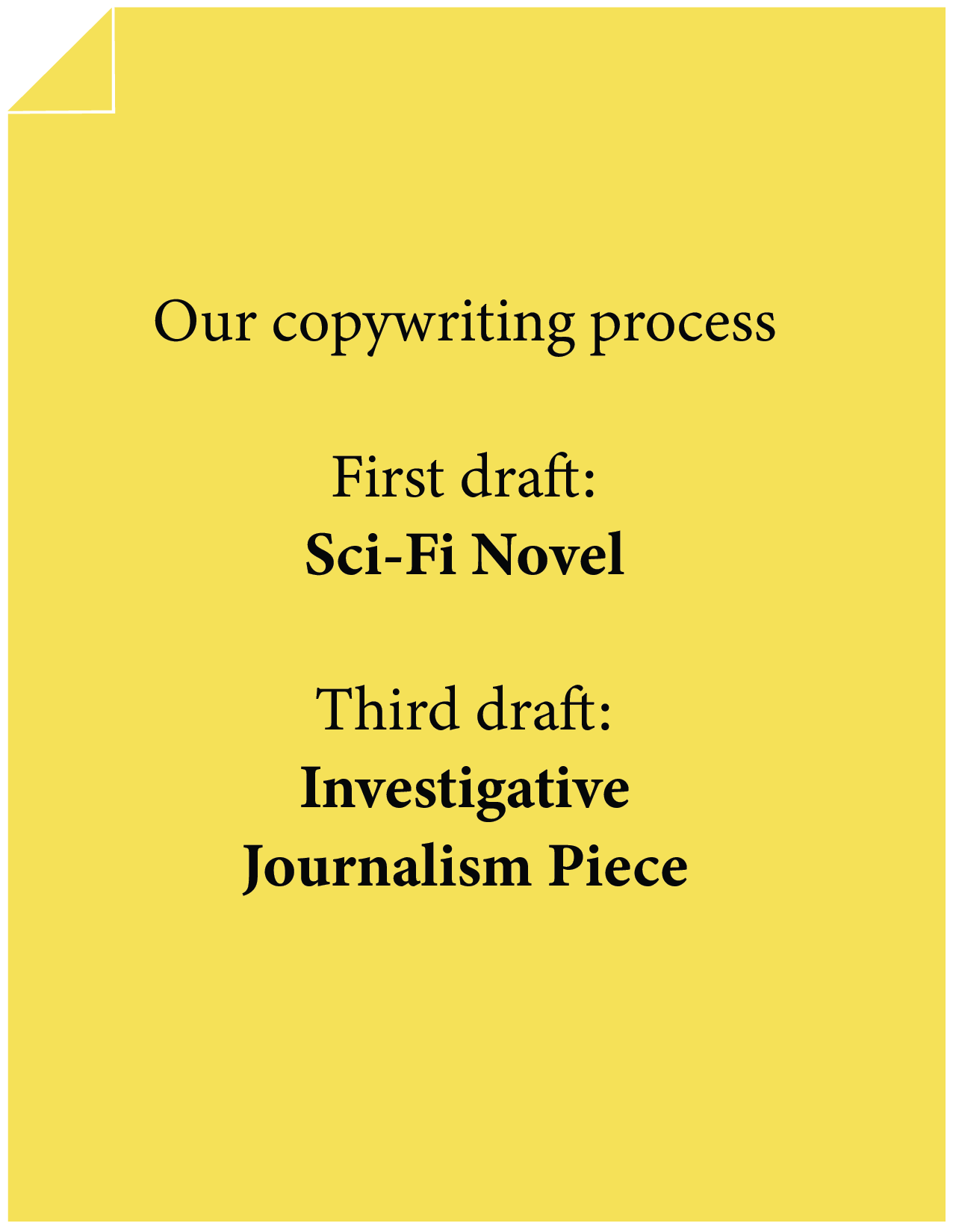Blog
The First Draft
Our clients are wicked smart. They know all there is to know about their products. And that’s the problem.
In order to boost your Shopify conversion rates, we need to squint our eyes when looking at the product.
How clients see their invention:

This is how we like to look at the product (at least initially):

You’ll notice our view is slightly blurred. This is intentional. When the focus is on the sharp edges of what the product can and cannot do it’s hard to think in creative new ways.
Mental Model
We know shoppers use a 9-point mental checklist to decide if a product is right for them. And this checklist is used no matter what product is being considered. So instead of zooming too much into the specific details of the product we just start writing a sales pitch loosely based on the product.
We don’t care about factual details at this time. The goal is to simply fill thoughts on paper.
We know most of the details would need to be reworked. Many would need to be eliminated entirely. But we still write. It’s our first draft.
We keep questions to the client to a minimum. We don’t want reality to affect our writing flow.
Feel like saying “we tested 47 prototypes before we nailed this design”? Good. Say it. There is no right or wrong.
Feel like saying, “I looked at all competitor products before working on my design”? Good. You can say that too.
“Why Write All This When We Know It’ll Be Rewritten Anyway?”
Because if we add constraints to the first draft it’ll come out terribly bad. The solution is knowing only the very basic details of the product so the creative writing process isn’t restricted during the first draft.
The more we know about how the product actually works, and what goes into its development, the harder it’ll be to write freely.
At the start our focus isn’t on getting the details right, we want to get the story structure right.
The benefit for the client is that once they see the story arc it’s much easier for them to fill in details that need to be filled 🆚 having to work with a blank canvas.
Copy the Music Industry
Turns out, this approach isn’t that unique because this is exactly how the music industry makes music. They first define the melody and then work in the lyrics to fit that melody:
Right After the First Draft
In the first draft, we didn’t follow any rules. Our only objective was to make the content interesting to the reader. But how do we know all the points that may be of interest? For that, you need to ensure your pitch is based on these 9 truths about online shoppers.
The next step is to include the client.
Once the fantasy sales pitch has been created we send it to the client with this note:
We have intentionally filled this first draft with a whole bunch of details that will need to be reworked and eliminated. This is very much intentional. Please update the numbers as needed.
We then undergo a back-and-forth process with the client till we’re perfectly happy with the story. The final version must satisfy two goals:
1: It must be interesting for the visitor. Our goal is for the reader to read the whole pitch. People who read the whole pitch have a 10x higher conversion rate:

2: It must be 100% factually true. Where in the first draft we didn’t follow any rules, we become super disciplined in future drafts.

Next Steps
Once you’ve got the client off your back you can launch this idea as an A/B test and continue the refinement by editing process: Conversion Copywriting: Let’s Talk Editing.



